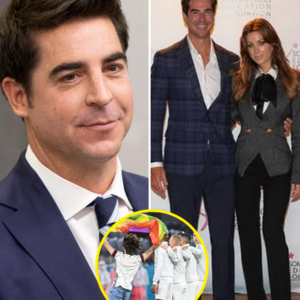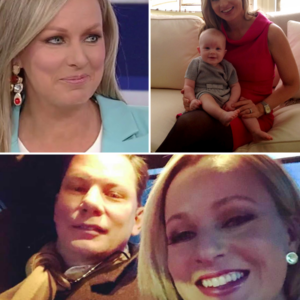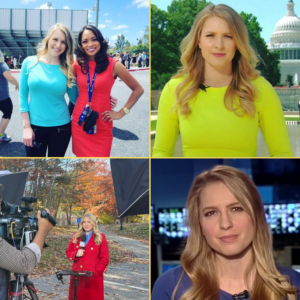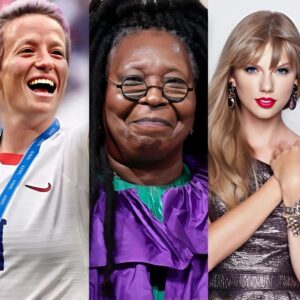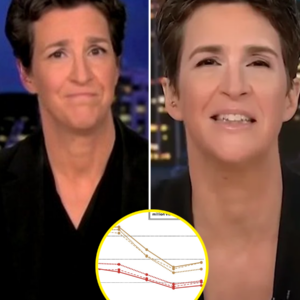As the WNBA enters critical Collective Bargaining Agreement (CBA) negotiations, a potential lockout is looming—fueled by growing tensions between players and league owners. For the first time in years, players are in a position of leverage, but the chasm between their demands and what the league might realistically offer could lead to serious consequences, including a halt in play.

The key sticking point in the negotiations is player compensation. Many top WNBA stars, led by Breanna Stewart, have been vocal about the need for players to earn salaries over a million dollars, a substantial leap from the current maximum salary of $250,000. Other marquee players, like Caitlin Clark, Angel Reese, and Sabrina Ionescu, are also seen as deserving of this pay bracket, reflecting their value to the league and to individual franchises. However, the reality is that the WNBA’s financial structure may not be able to support such a dramatic increase in wages.
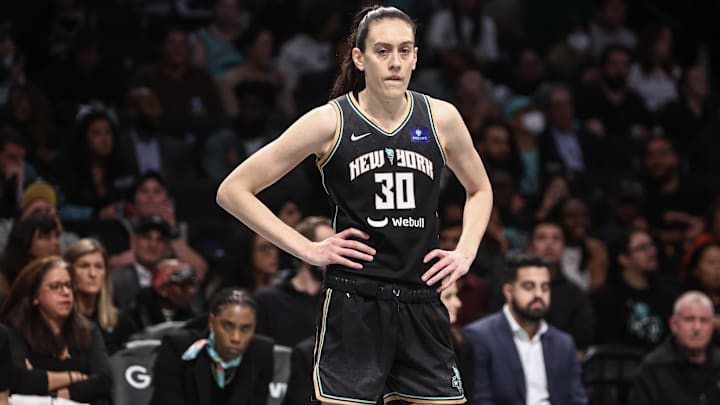
While some stars could arguably command million-dollar contracts, the broader question is whether the league can sustain such a pay scale across multiple teams. The WNBA’s revenue and TV deals—despite growth in viewership and visibility—have not yet caught up with the high financial demands. Critics argue that the league’s current economic model doesn’t align with player expectations, leaving a significant gap between what players want and what is realistically available.
Beyond salary, players are pushing for other financial safeguards, including expanded pensions and benefits, which have become a central part of the ongoing discussions. There’s also a growing desire among players for the CBA to include provisions that ensure they won’t need to go overseas during the offseason to supplement their income. The WNBA Players Association sees this as a way to address player well-being, given the physical and emotional toll that playing year-round can have on athletes.
However, it’s not just about the money. Players are also making broader demands related to the growth of the league and its culture. They are calling for better social media training and protection from online abuse, an issue that has become more pronounced as the WNBA’s profile grows. They argue that the league needs to take more steps to shield players from internet trolls and toxic fans, while fostering a more supportive environment for athletes both on and off the court.
Yet, despite the players’ demands, some skeptics point out that expecting a rapid jump in player salaries—especially to the million-dollar range—may be unrealistic. Comparing the WNBA to the NBA, there are significant differences in revenue generation, media deals, and overall market size. While stars like LeBron James and Stephen Curry command upwards of $50 million annually in the NBA, replicating that kind of salary structure in the WNBA would require unprecedented revenue growth.
The league’s expansion, with the number of teams set to grow in the coming years, complicates matters further. If the players push for higher maximum salaries, the assumption is that every team would have one or two players on max contracts. But are there truly 32 players in the WNBA worth a million dollars each? Critics argue that many of the current top earners in the league would struggle to justify such salaries based on team and league-wide revenue. While some players, like Clark and Reese, may generate significant value for their franchises, others may not.

On the other hand, players are frustrated by the league’s slow financial progress, especially in light of what they see as a raw deal in previous TV contracts. There’s a belief that the WNBA should negotiate a short-term CBA with the option for the players to renegotiate after a few years, particularly if the league secures a more lucrative TV deal in the near future. This would give players a chance to reassess their financial position if the league’s revenue situation improves.
Tensions are likely to grow as the CBA talks continue. Players, rightfully, want a larger piece of the pie in terms of both financial security and the ability to thrive in a growing sport. But they also have concerns about the costs that come with the game’s expansion, particularly the challenges of navigating celebrity culture and increased visibility. Some argue that the negatives that come with being in the spotlight—like the online harassment many WNBA players have faced—have become an undercurrent in these discussions.
With both sides dug in, there’s growing concern that the negotiations could reach an impasse. Some players, emboldened by their leverage for the first time in the league’s history, might use the threat of a lockout as a negotiating tool. However, others argue that a lockout remains highly unlikely. WNBA players don’t make enough money to sit out a season, and the league would be severely impacted by any disruption in play.
The only scenario where a lockout might occur is if the players manage to secure outside funding to start a rival league, though this seems unlikely at present. Nonetheless, the potential for a temporary work stoppage or the specter of a lockout looms over the talks, with both sides trying to extract as much as possible from the deal.
Ultimately, the fate of the WNBA’s future lies in these negotiations. Players want higher pay and a more supportive environment, while the league seeks to balance these demands with its long-term financial viability. With emotions running high and the stakes equally so, the next few months of bargaining could shape the WNBA for years to come—whether or not a lockout occurs.
